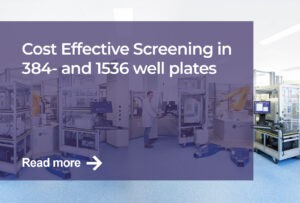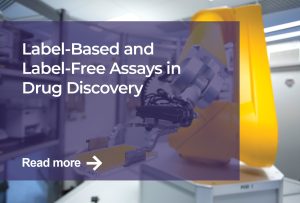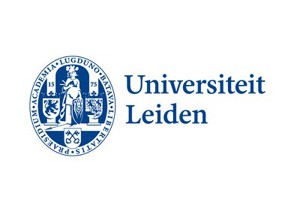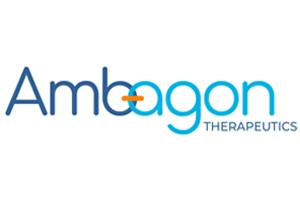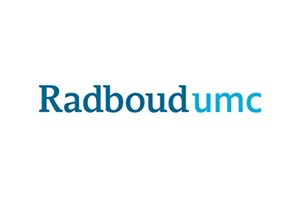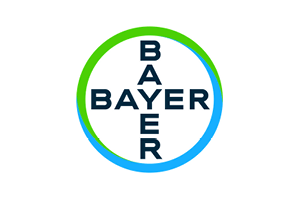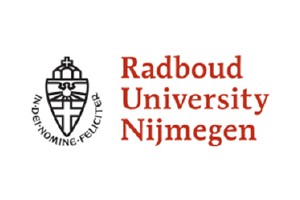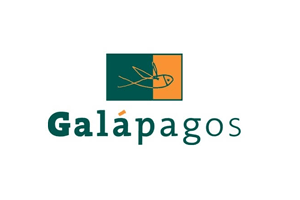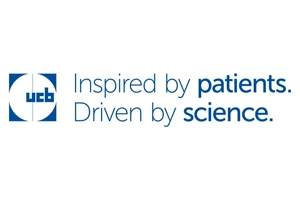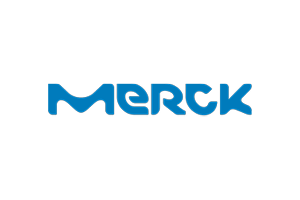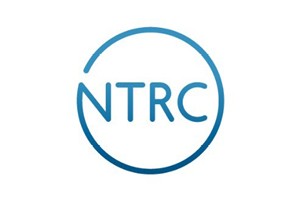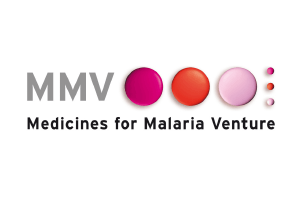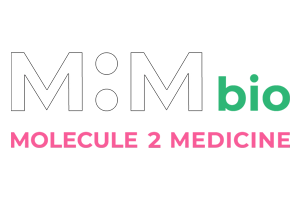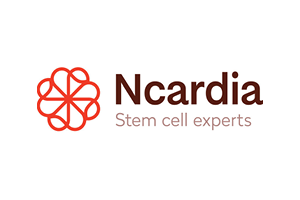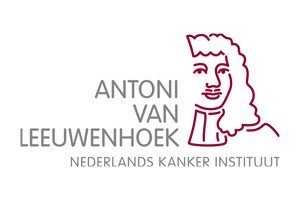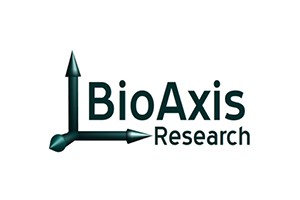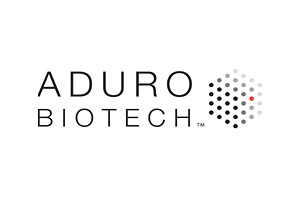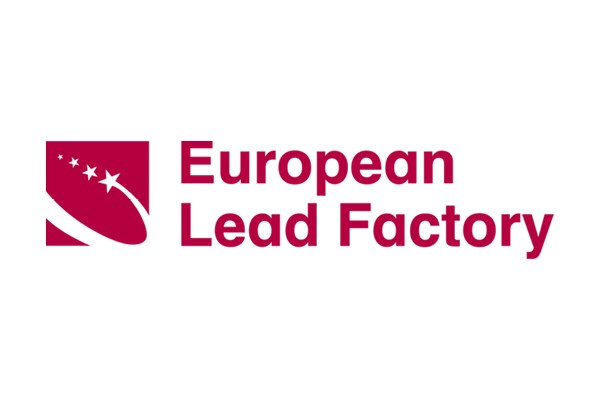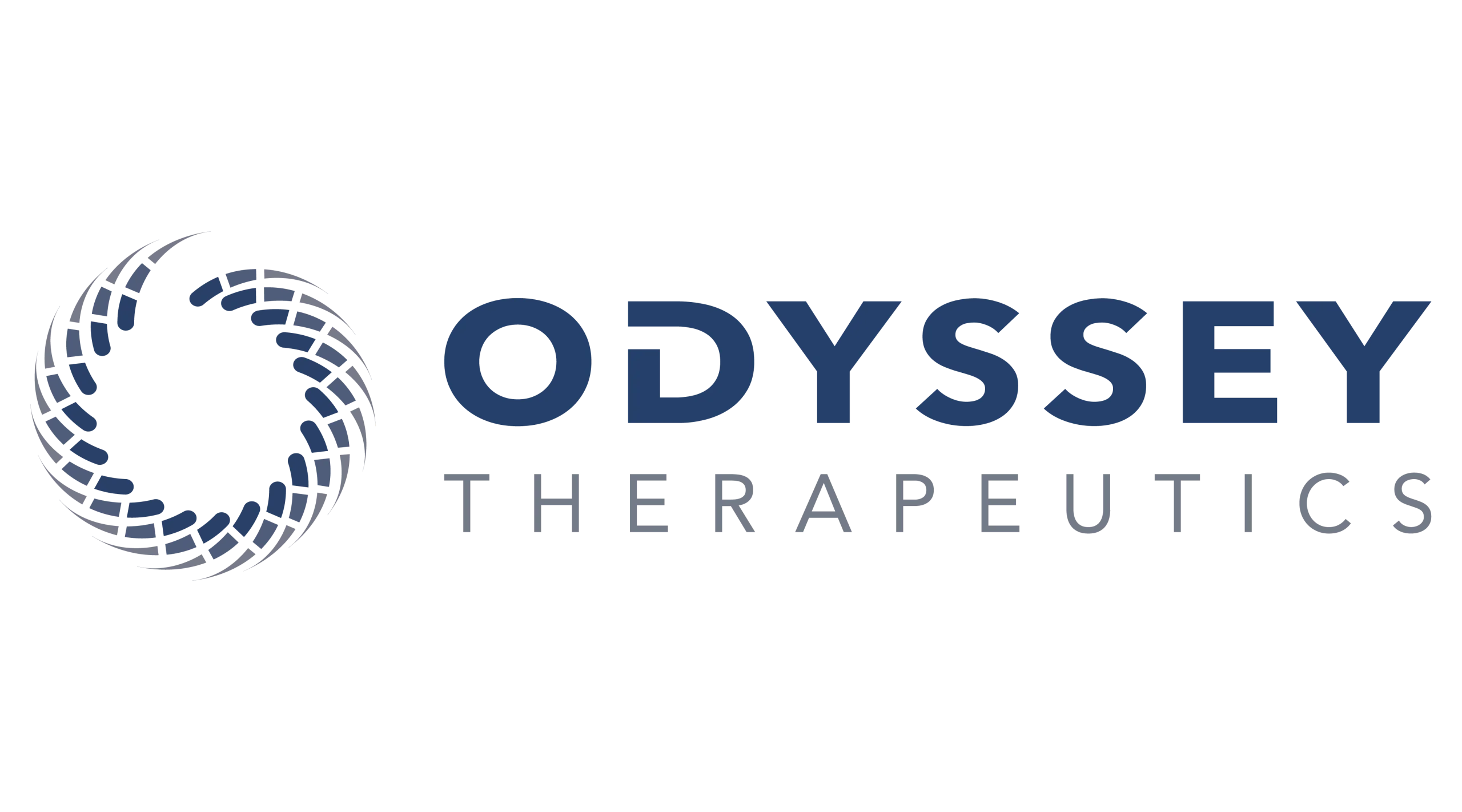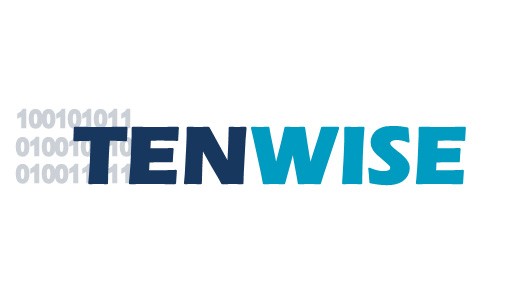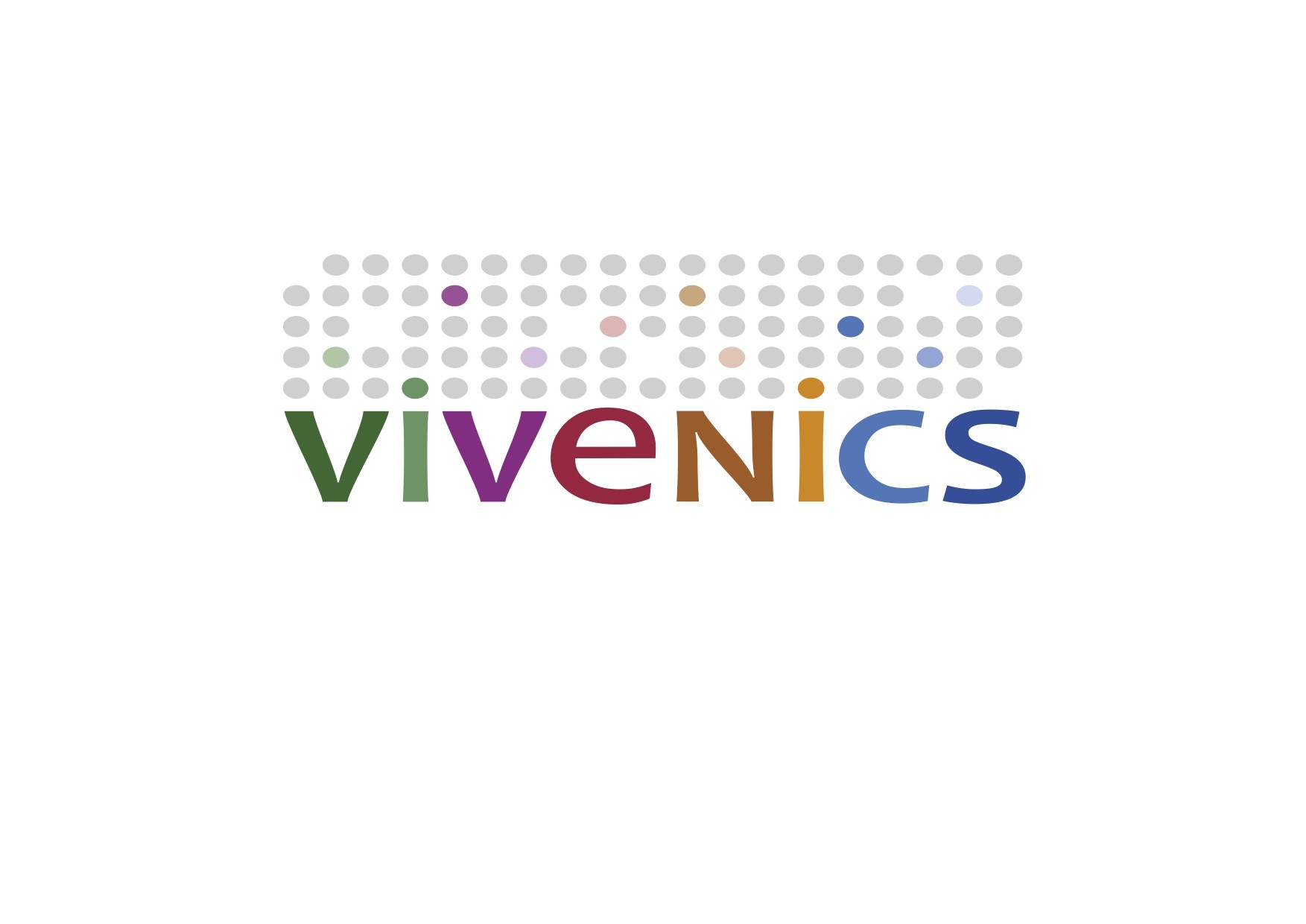In the world of drug discovery, the search for new therapeutic agents that can alleviate suffering and improve the quality of life for millions of people is unending. In small molecule drug discovery, compound libraries form the foundation of these ventures. These libraries are treasure troves of potential drug candidates.
Small molecule libraries are collections of low molecular weight organic compounds used in drug discovery. These libraries are essential for (ultra-) High Throughput Screening to identify new starting points for lead discovery and subsequent development of new drug candidates.
The Power of Small Molecule Compound Libraries
Diversity: A World of Possibilities
There are several different small molecule libraries, for example, focused or diversity-based. The former typically covers a narrow chemical space for targeting well-established molecular targets, and the latter is used to discover novel chemical matter across a broad range of target classes and phenotypes. Diversity sets contain a wide array of chemical structures and drug-like properties, covering a broad range of chemical space. This diversity is not a mere coincidence; it’s a deliberate strategy. When you screen a library that spans biologically relevant chemical landscape, you increase the likelihood of discovering compounds with the properties you seek, even when you do not know what those chemical features are. This breadth of chemical space exploration allows you to increase the likelihood of uncovering several unrelated chemotypes that you might not be able to find through alternative screening approaches.
Efficiency: Casting a Wide Net
The scale of drug discovery can be daunting, with thousands or even millions of compounds to sift through to find a hit. Availability of diversity-based small molecule compound libraries allows for (ultra-) High Throughput Screening. This process significantly accelerates the pace of discovery by rapidly navigating and funneling a large and diverse chemical landscape. This efficiency is vital when considering the time-sensitive nature of drug development and the urgency to bring life-saving treatments to clinic
Hit-to-Lead Optimization: A Head Start
The journey from identifying a hit (a promising compound) to developing a lead compound (a potential drug candidate) is long and strenuous. However, compiling high-quality small molecule analog compound libraries based on structures of your hit lists can provide a head start. By studying the properties of the hit compounds, a rudimentary structure-activity relation analysis can be performed ahead of any synthesis. This head start can be invaluable in reducing lead discovery timelines and costs.
Choosing the right library?
Choosing the suitable small molecule library for a research or drug discovery project is a crucial decision that significantly impacts the success of your endeavor. At the top of the list of considerations is the quality of the library. Ensure that the library is well-curated and compounds are of high purity, and equally important is to ensure that it includes compounds with diverse structures and well-characterized physiochemical properties, matching your research needs. If your project, for example, focuses on specific biological targets or pathways, consider libraries enriched with relevant compounds for those targets.
Another aspect to consider is the appropriate library size for your project. A more extensive library may offer more diversity but also is more resource-intensive. Smaller, focused libraries are faster to screen and more likely to return hits, but you will lose the chance to discover novel chemotypes and mechanisms of action.
Lastly, the quality of the hits you will find also depends on the capacity and capabilities of the screening facility. Ensure they can handle the library’s size and format and offer flexibility in tailoring a screen to your specific needs. Do they, for example, provide an option to conduct pilot studies or small-scale screens to assess the performance of the library and its relevance to your project before committing to large-scale screening?
Remember that the choice of a small molecule library is not one-size-fits-all. It should align with your specific project goals and resources. Careful consideration and planning are essential to ensure that you select the proper library to advance your research or drug discovery efforts.
The Pivot Park Screening Centre Compound Library
Pivot Park Screening Centre has its own diversity-based library of over 300,000 high-quality drug-like compounds and provides you with a unique screening infrastructure supported by experts in (ultra-) high throughput screening. We also offer ample flexibility to accommodate your library or your desired large and/ or focused sets from third-party vendors. We can efficiently handle libraries of several millions of compounds per screen, allowing (big) pharma-standard (ultra-) high throughput screening operations.
In conclusion, small molecule compound libraries are invaluable assets in drug discovery. Their diversity, efficiency, and potential for accelerating your drug discovery process make them indispensable discovery tools. When you combine the power of a small molecule compound library with a skilled screening partner, you set the stage for transformative advancements in medicine and healthcare.

